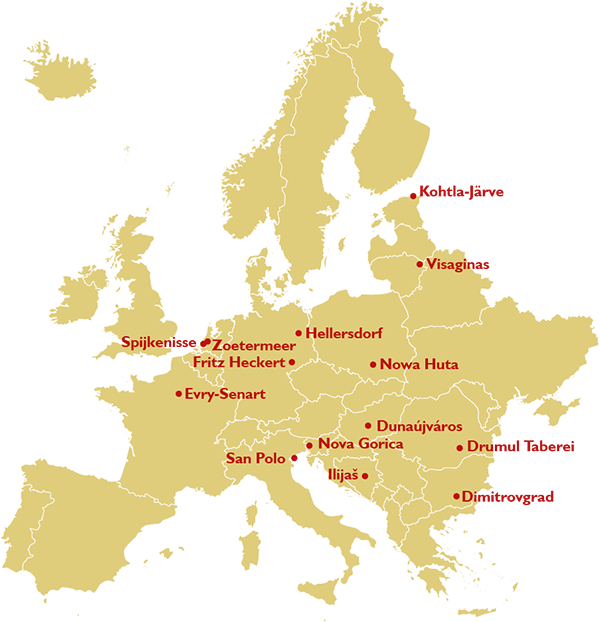
Kohtla-Järve is the fifth-largest city in Estonia. The northern part of Estonia is rich in oil shale and for this reason a settlement was erected here already before World War II, which grew exponentially into a city in the immediate postwar years when Estonia became part of the USSR. In 1949 a power plant was built, fuelled by oil shale. Kohlta-Järve consists of different urban cores built in the 1950s and 1960s, each highly industrialised.
The city is very diverse ethnically: it contains people of over 40 ethnic groups. Only 21% of the population are ethnic Estonians; the largest group (73,6%) is Russian. Many people have very close ties to Russia. Not all residents of the city speak Estonian well. There is a large number of stateless Russian-speaking population. Sometimes it seems that the whole region of the north-east of Estonia (including Kohtla-Järve) is in a different information space than the whole of Estonia. The city wants to become an integrated, multicultural community that is connected to Estonian society.
Sustainable urbanism is perhaps the greatest challenge for Kohtla-Järve, since the oil shale industry is the basis for life and economy in the city, but this will need to change as it accounts for 50% of the CO2 emissions of Estonia. This asks for huge transformations in industry, education and public services.




